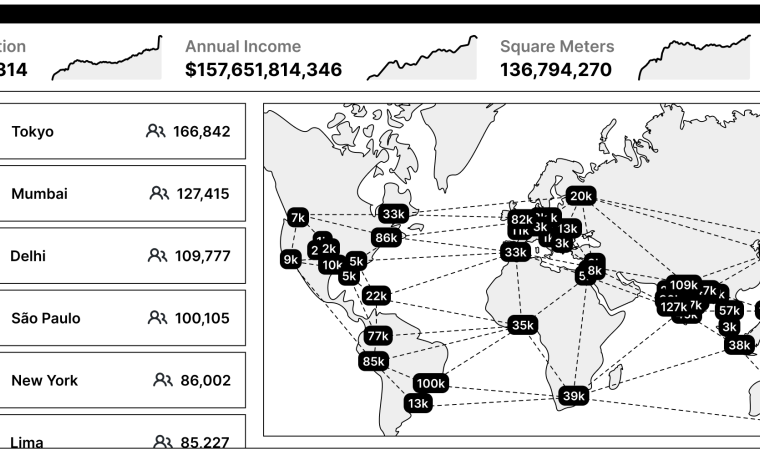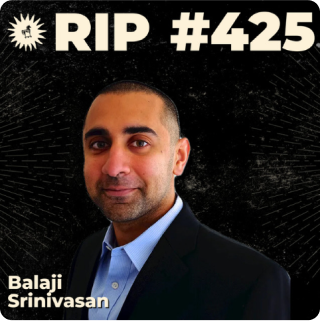What is a Network State?

"A network state is a highly aligned online community with a capacity for collective action that crowdfunds territory around the world and eventually gains diplomatic recognition from pre-existing states."
(source: thenetworkstate.com)
Technology has allowed us to start new companies, new communities, and new currencies. But can we use it to create new cities, or even new countries? A key concept is to go cloud first, land last — but not land never — by starting with an online community and then materializing it into the physical world. We get there in seven steps:
- Found a startup society. This is simply an online community with aspirations of something greater. Anyone can found one, just like anyone can found a company or cryptocurrency.2 And the founder’s legitimacy comes from whether people opt to follow them.
- Organize it into a group capable of collective action. Given a sufficiently dedicated online community, the next step is to organize it into a network union. Unlike a social network, a network union has a purpose: it coordinates its members for their mutual benefit. And unlike a traditional union, a network union is not set up solely in opposition to a particular corporation, so it can take a variety of different collective actions.3 Unionization is a key step because it turns an otherwise ineffective online community into a group of people working together for a common cause.
- Build trust offline and a cryptoeconomy online. Begin holding in-person meetups in the physical world, of increasing scale and duration, while simultaneously building an internal economy using cryptocurrency.
- Crowdfund physical nodes. Once sufficient trust has been built and funds have been accumulated, start crowdfunding apartments, houses, and even towns to bring digital citizens into the physical world within real co-living communities.
- Digitally connect physical communities. Link these physical nodes together into a network archipelago, a set of digitally connected physical territories distributed around the world. Nodes of the network archipelago range from one-person apartments to in-person communities of arbitrary size. Physical access is granted by holding a web3 cryptopassport, and mixed reality is used to seamlessly link the online and offline worlds.
- Conduct an on-chain census. As the society scales, run a cryptographically auditable census to demonstrate the growing size of your population, income, and real-estate footprint. This is how a startup society proves traction in the face of skepticism.
- Gain diplomatic recognition. A startup society with sufficient scale should eventually be able to negotiate for diplomatic recognition from at least one pre-existing government, and from there gradually increased sovereignty, slowly becoming a true network state.
The key idea is to populate the land from the cloud, and do so all over the earth. Unlike an ideologically disaligned and geographically centralized legacy state, which packs millions of disputants in one place, a network state is ideologically aligned but geographically decentralized. The people are spread around the world in clusters of varying size, but their hearts are in one place.
As the population and economy of a startup society grow comparable to that of a legacy state, with millions of citizens and billions in income, it should eventually4 be able to attain recognition from existing sovereigns — and ultimately the United Nations — just as Bitcoin has now become a bona fide national currency.



